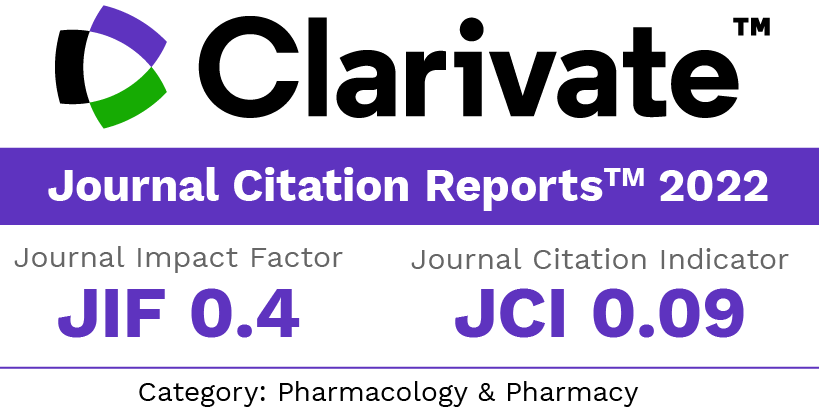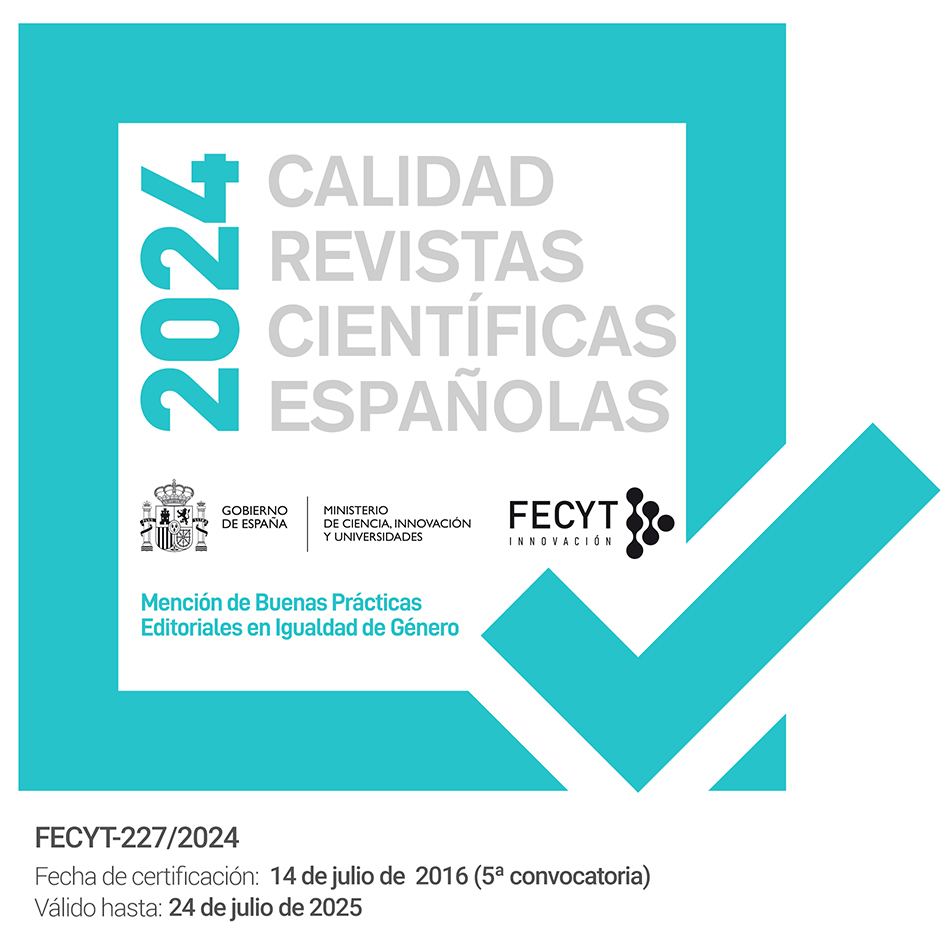Action of gibberellic acid in roots. II. Pre-treatment action with gibberellic acid on the germination of sugarcane cuttings
Abstract
We have studied the effect that presowing treatments for 6, 12 and 24 hours, of sugar can cuttings had on cutting germination.
We tested two pre-sowing treatments; with a control solution containing 0.2% ethyl alcohol and 2% of Sorbithom "TO" as wetting agent; and with a giberellic acid 10mg/l, solution also containing 0.2% ethyl alcohol and 2% Sorbithom "TO" as wetting agent.
Our results clearly showed, that presowing treatments with the control solution stimulated root initiation, root growth and number, bur having no effect on shoot growth.
However, when pre-sowing treatments were made with the gibberellic acid solution stimuli of root initiation, root growth and number were even higher that when control solution was used. Gibberellic acid increased also shoot growth to a great extend.
The effect on roots were greater with 12 hours pre-sowing treatment but shoot growth was more stimulated with 24 hours pre-spwing treatments.
Hos a good germination represents a good scope of an excellent yield, 12 hours pre-sowing treatments of sugar cane cuttings, mainly with a 10mg/l gibberellic acid solution, are recommended.
Downloads
Downloads
Published
How to Cite
Issue
Section
License
The articles, which are published in this journal, are subject to the following terms in relation to the rights of patrimonial or exploitation:
- The authors will keep their copyright and guarantee to the journal the right of first publication of their work, which will be distributed with a Creative Commons BY-NC-SA 4.0 license that allows third parties to reuse the work whenever its author, quote the original source and do not make commercial use of it.
b. The authors may adopt other non-exclusive licensing agreements for the distribution of the published version of the work (e.g., deposit it in an institutional telematic file or publish it in a monographic volume) provided that the original source of its publication is indicated.
c. Authors are allowed and advised to disseminate their work through the Internet (e.g. in institutional repositories or on their website) before and during the submission process, which can produce interesting exchanges and increase citations of the published work. (See The effect of open access).


















